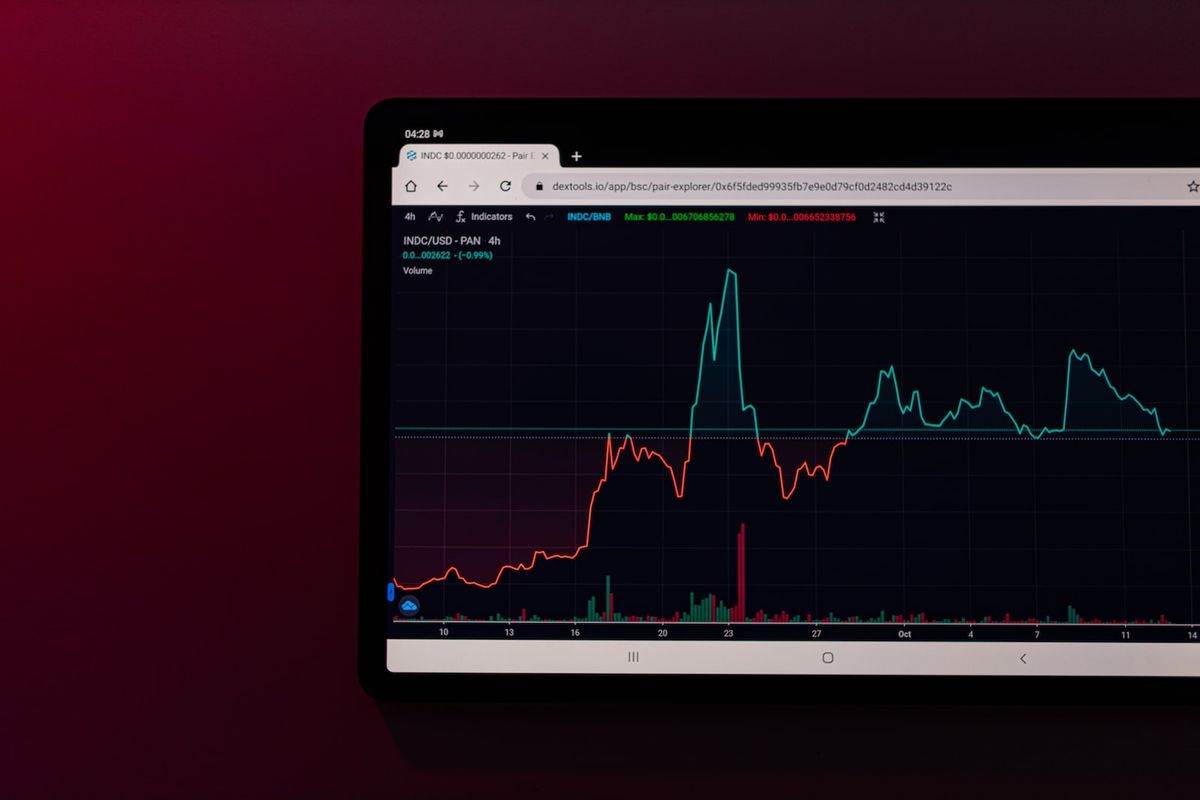Why Forex Indicators Lag Behind the Market

INTRO:
Forex trading is an ever-changing market, and as such, it is important to understand the various factors that can affect the performance of Forex indicators. Forex indicators are tools used to analyze the market and predict future price movements. While these indicators can be useful in helping traders make informed decisions, they can also be unreliable if they are not used properly. This article will explore why Forex indicators lag behind the market, and the impact of news, data sources, volatility, market trends, human emotion, and real-time vs. delayed data on the performance of indicators.
What is Forex?
Forex, also known as foreign exchange, is the global marketplace for trading currencies. It is the largest and most liquid financial market in the world, with a daily trading volume of over $5 trillion. Forex traders use leverage to speculate on the price movements of different currencies. They can buy and sell currencies to make a profit, or hedge against currency risk.
How Do Forex Indicators Work?
Forex indicators are technical analysis tools used by traders to identify potential entry and exit points in the market. They are based on past price action, and can be used to identify trends, support and resistance levels, and momentum. Indicators can also be used to identify trading opportunities, such as breakouts, reversals, and trend changes.
What is a Lag?
A lag is a delay between the time when a price moves and when an indicator reacts to the movement. This means that the indicator will not always be able to accurately predict future price movements, as the price has already moved by the time the indicator is able to react.
Reasons Why Forex Indicators Lag
There are several reasons why Forex indicators may lag behind the market. These include the impact of news on the market, data sources and calculations, volatility and market trends, and the impact of human emotion.
Price Action vs. Indicators
Price action refers to the price movements of a currency pair over a certain period of time. Price action analysis can be used to identify potential entry and exit points in the market. Price action analysis is more reliable than indicators, as it is based on real-time data, and is not affected by lags.
Impact of News on the Market
News can have a significant impact on the Forex market, as it can cause sudden price movements. As news is released in real-time, indicators are not able to react quickly enough to take advantage of these price movements.
Data Sources and Calculations
The data that is used to calculate indicators can also lead to lags. Indicators are calculated using historical data, which means that they are not always able to accurately predict future price movements. Indicators can also be affected by data sources, as different data sources can provide different information.
Volatility and Market Trends
Volatility and market trends can also have an impact on the performance of indicators. Volatility refers to the degree of variation in the price of a currency pair, and market trends refer to the direction in which a currency pair is moving. If the market is highly volatile, or if the trend is changing rapidly, indicators may not be able to accurately predict future price movements.
Impact of Human Emotion
Human emotion can also have an effect on the performance of indicators. Fear and greed can cause traders to make irrational decisions, which can lead to sudden price movements. As indicators are based on historical data, they are not able to react quickly enough to take advantage of these price movements.
Real-Time vs. Delayed Data
Real-time data is data that is updated in real-time, while delayed data is data that is updated at a later time. The use of real-time data can help to reduce the lag of indicators, as it is updated more quickly than delayed data.
Conclusion
Forex indicators can be a useful tool for traders, but they can also be unreliable if they are not used properly. This article has explored why Forex indicators lag behind the market, and the impact of news, data sources, volatility, market trends, human emotion, and real-time vs. delayed data on the performance of indicators. By understanding why Forex indicators lag, traders can better use them to make informed trading decisions.

